Home>Gardening & Outdoor>Pool & Spa Care>How To Test Hot Tub Water With Strips
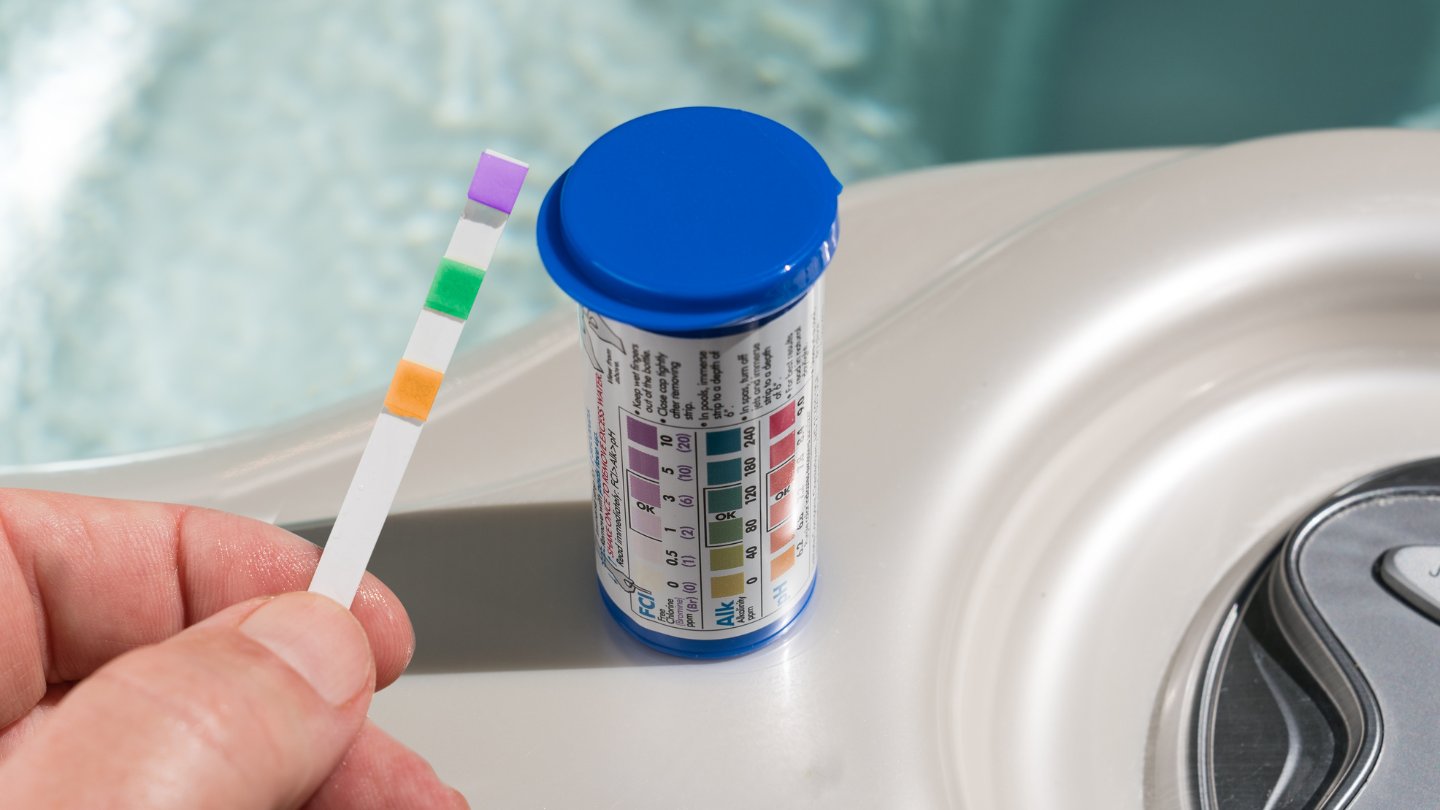

Pool & Spa Care
How To Test Hot Tub Water With Strips
Published: December 28, 2023
Learn how to test your hot tub water using strips with our easy step-by-step guide. Keep your pool and spa clean and safe with proper water testing. Discover the best practices for pool and spa care.
(Many of the links in this article redirect to a specific reviewed product. Your purchase of these products through affiliate links helps to generate commission for Storables.com, at no extra cost. Learn more)
Introduction
Welcome to the world of hot tub relaxation and rejuvenation! Owning a hot tub is a luxurious and enjoyable experience, but it also comes with the responsibility of maintaining clean and balanced water. Testing hot tub water with strips is a crucial aspect of hot tub care, ensuring that the water remains safe, comfortable, and inviting for all who wish to indulge in its soothing embrace.
In this guide, we will delve into the significance of testing hot tub water, the role of test strips in this process, and the step-by-step procedure for using them effectively. Whether you are a seasoned hot tub owner or a newcomer to the world of hydrotherapy, understanding how to test hot tub water with strips will empower you to keep your oasis of relaxation in pristine condition.
So, let's embark on this journey to discover the art and science of maintaining crystal-clear and hygienic water in your hot tub. By the end of this guide, you will be equipped with the knowledge and confidence to ensure that your hot tub water remains a source of delight and well-being for all who partake in its warm embrace.
Key Takeaways:
- Regularly testing and maintaining balanced hot tub water with test strips ensures a safe, comfortable, and enjoyable experience while preserving the longevity of the hot tub and its components.
- Incorporating essential maintenance tips like proper filtration, water replacement, and surface cleaning elevates overall water quality, creating a serene and rejuvenating environment for hot tub enthusiasts.
Read more: How To Test A Hot Tub Pump
Importance of Testing Hot Tub Water
Testing the water in your hot tub is not just a routine chore; it is a fundamental aspect of responsible hot tub ownership. The importance of testing hot tub water cannot be overstated, as it directly impacts the health, comfort, and longevity of both the tub and its occupants.
First and foremost, regular testing allows you to maintain balanced water chemistry. Properly balanced water is essential for preventing skin and eye irritation, as well as ensuring that the hot tub equipment remains in optimal condition. Unbalanced water can lead to corrosion of the tub’s components, scale buildup, and the proliferation of harmful bacteria and algae.
Additionally, testing hot tub water helps to safeguard the well-being of those who enjoy its therapeutic benefits. By monitoring key parameters such as pH, alkalinity, and sanitizer levels, you can create an environment that promotes relaxation and rejuvenation while minimizing the risk of skin infections and other waterborne illnesses.
Furthermore, testing hot tub water provides valuable insights into the effectiveness of your water care regimen. By regularly assessing the test results, you can identify trends, anticipate potential issues, and make informed adjustments to your maintenance routine. This proactive approach can save both time and money by addressing minor imbalances before they escalate into more significant problems.
Ultimately, the act of testing hot tub water is a proactive and preventative measure that aligns with the principles of responsible hot tub ownership. By prioritizing water quality and taking proactive steps to maintain it, you are not only enhancing the hot tub experience for yourself and your guests but also preserving the longevity and performance of your cherished relaxation retreat.
Now that we understand the significance of testing hot tub water, let’s explore the role of test strips in this essential maintenance practice.
Understanding Hot Tub Test Strips
Hot tub test strips are indispensable tools for monitoring and maintaining water quality. These convenient and easy-to-use strips are designed to provide rapid and reliable measurements of various water parameters, allowing hot tub owners to assess the condition of their water with precision and efficiency.
Typically, hot tub test strips are capable of testing multiple factors simultaneously, including pH, total alkalinity, sanitizer levels (such as bromine or chlorine), and sometimes water hardness. Each of these parameters plays a crucial role in determining the overall quality and safety of hot tub water.
Test strips function through a chemical reaction between the reagents embedded in the strip and the water being tested. When a test strip is dipped into the hot tub water and then removed, the reagents undergo color changes based on the levels of the targeted parameters present in the water. By comparing the resulting colors to a provided color chart, hot tub owners can determine the precise values of each parameter and take appropriate action if necessary.
It is important to note that different brands and types of hot tub test strips may have specific instructions and nuances, so it is advisable to carefully read and follow the manufacturer’s guidelines for accurate and consistent results.
One of the key advantages of hot tub test strips is their accessibility and user-friendly nature. Whether you are a novice or an experienced hot tub enthusiast, test strips offer a straightforward and cost-effective means of monitoring water quality without the need for complex equipment or extensive training.
By incorporating hot tub test strips into your regular maintenance routine, you can gain valuable insights into the dynamics of your hot tub water and make informed decisions to uphold its cleanliness and comfort. Now that we have a clear understanding of hot tub test strips, let’s proceed to explore the step-by-step process of testing hot tub water using these essential tools.
Steps to Test Hot Tub Water with Strips
Testing your hot tub water with strips is a straightforward process that can be easily integrated into your regular maintenance routine. By following these simple steps, you can ensure that your hot tub water remains balanced and inviting for all who seek its soothing embrace.
- Gather the Necessary Supplies: Before beginning the testing process, gather your hot tub test strips, a clean container for collecting water samples, and the manufacturer’s instructions for the specific test strips you are using.
- Collect a Water Sample: Use the clean container to collect a sample of hot tub water. It is important to obtain the water from a depth of at least 12 to 18 inches below the surface to ensure an accurate representation of the overall water quality.
- Dip the Test Strip: Remove a test strip from the container and promptly dip it into the water sample for the duration specified in the manufacturer’s instructions. Be sure to immerse the strip completely and then remove it without shaking off excess water.
- Wait for the Reaction: Allow the test strip to react with the water for the designated period, typically around 15 seconds. During this time, the reagents on the strip will interact with the water and produce color changes based on the levels of the targeted parameters.
- Compare the Colors: After the reaction period, carefully compare the colors on the test strip to the corresponding color chart provided by the manufacturer. Match the colors as accurately as possible to determine the values of pH, total alkalinity, sanitizer levels, and any other parameters being tested.
- Record the Results: Take note of the results for each parameter, either by writing them down or using a dedicated water testing log. Keeping a record of the test results over time will enable you to track trends and make informed adjustments to your water care regimen.
- Take Necessary Action: Based on the test results, take any necessary actions to balance the water chemistry. This may involve adjusting pH and alkalinity levels, adding or adjusting sanitizers, or addressing any other imbalances indicated by the test results.
By following these steps diligently and consistently, you can effectively monitor and maintain the quality of your hot tub water, ensuring a safe, comfortable, and enjoyable experience for all who partake in its therapeutic waters. With the testing process complete, the next crucial step is interpreting the test results to make informed decisions about water maintenance and treatment, which we will explore next.
When testing hot tub water with strips, make sure to dip the strip in the water for the specified time, then compare the colors on the strip to the chart provided to determine the water’s pH and sanitizer levels.
Interpreting Test Results
Interpreting the results of your hot tub water test is a critical step in maintaining balanced and healthy water. By understanding the implications of the test results, you can make informed decisions about adjusting water chemistry and addressing any imbalances that may compromise the quality of the hot tub experience.
When interpreting test results from hot tub test strips, it is essential to focus on key parameters such as pH, total alkalinity, and sanitizer levels. Here’s a brief overview of what each parameter signifies and the actions you may need to take based on the results:
- pH: The pH level of your hot tub water is a measure of its acidity or alkalinity. Ideally, the pH should fall within the recommended range of 7.2 to 7.8. A pH that is too low (acidic) can cause skin and eye irritation, while a pH that is too high (alkaline) may lead to cloudy water and reduced sanitizer effectiveness. Adjust the pH using pH increaser or decreaser as needed to bring it into the optimal range.
- Total Alkalinity: Total alkalinity acts as a buffer for pH, helping to stabilize and maintain the pH level within the desired range. The recommended total alkalinity for hot tubs typically ranges from 80 to 120 parts per million (ppm). Low alkalinity can result in pH fluctuations, while high alkalinity can lead to cloudy water and scale formation. Adjust the total alkalinity using an alkalinity increaser or decreaser to achieve the appropriate level.
- Sanitizer Levels: The sanitizer level in your hot tub, whether it’s bromine or chlorine, is crucial for disinfection and preventing the growth of harmful bacteria and algae. The recommended sanitizer level generally falls within a specific range, depending on the type of sanitizer used. Ensure that the sanitizer level is within the recommended range and adjust as necessary by adding the appropriate sanitizer product.
Additionally, some hot tub test strips may also measure water hardness, which refers to the concentration of minerals, such as calcium and magnesium, in the water. Understanding water hardness can help prevent scale buildup and equipment damage, particularly in areas with hard water. If the water hardness is outside the recommended range, consider using a water softener or other suitable treatments to address it.
By carefully interpreting the test results and taking the appropriate corrective measures, you can maintain water that is not only safe and comfortable but also conducive to the longevity of your hot tub and its components. Regular monitoring and proactive adjustments based on test results will contribute to a consistently enjoyable and worry-free hot tub experience for you and your guests.
With a clear understanding of how to interpret the test results, let’s explore some valuable tips for maintaining hot tub water quality and preserving the pristine condition of your relaxation haven.
Read also: 11 Best Hot Tub Water Test Kit For 2024
Tips for Maintaining Hot Tub Water Quality
Preserving the quality of your hot tub water goes beyond the act of testing and balancing its chemical composition. By incorporating these essential tips into your hot tub maintenance routine, you can elevate the overall water quality and ensure a consistently enjoyable and hygienic experience for all who immerse themselves in its soothing warmth.
- Regular Testing and Monitoring: Consistently test your hot tub water at least once a week, if not more frequently, especially during periods of heavy usage or adverse weather conditions. Regular monitoring allows you to detect and address imbalances before they escalate into more significant issues.
- Proper Filtration and Circulation: Ensure that your hot tub’s filtration system is functioning optimally and run it for an adequate duration each day to remove impurities and maintain water clarity. Proper circulation also helps distribute sanitizers effectively throughout the water.
- Water Replacement and Draining: Periodically drain and refill your hot tub to prevent the accumulation of dissolved solids and contaminants that may compromise water quality. The frequency of water replacement depends on usage, but a general recommendation is to change the water every three to four months.
- Shower Before Soaking: Encourage hot tub users to shower before entering the water to minimize the introduction of oils, lotions, and other substances that can affect water quality and create a breeding ground for bacteria.
- Keep the Hot Tub Covered: Utilize a well-fitted cover when the hot tub is not in use to prevent debris, sunlight, and environmental contaminants from entering the water. A cover also helps retain heat and reduce evaporation, contributing to overall water conservation and quality maintenance.
- Regular Surface Cleaning: Wipe down the interior surfaces of the hot tub regularly to remove any buildup, biofilm, or residue that could compromise water quality and contribute to the growth of contaminants.
- Addressing Foaming and Cloudiness: If you notice excessive foaming or cloudiness in the water, consider using a clarifier or foam reducer to restore water clarity and aesthetics, in addition to adjusting the chemical balance as needed.
- Professional Maintenance and Servicing: Schedule periodic professional maintenance and servicing of your hot tub, including inspections, deep cleanings, and equipment checks, to ensure that all components are functioning optimally and contributing to water quality.
By incorporating these tips into your hot tub care regimen, you can uphold the integrity of your hot tub water and create an environment that is not only inviting and rejuvenating but also conducive to the longevity and performance of your cherished relaxation retreat.
With a comprehensive understanding of how to maintain hot tub water quality and the essential role of test strips in this process, you are well-equipped to embark on a journey of relaxation and well-being within the pristine waters of your hot tub oasis.
Now that we have explored the significance of testing hot tub water, the role of test strips, the testing process, interpreting results, and essential maintenance tips, you are poised to elevate your hot tub ownership experience and ensure that your hydrotherapy haven remains a source of delight and rejuvenation for years to come.
Conclusion
Congratulations on delving into the art and science of maintaining balanced and inviting water in your hot tub! By understanding the significance of testing hot tub water with strips, interpreting the results, and implementing essential maintenance tips, you have taken a proactive step toward ensuring a consistently enjoyable and hygienic hot tub experience.
Testing hot tub water with strips is not just a task; it is a commitment to the well-being of both your hot tub and its occupants. Through regular testing, you can maintain balanced water chemistry, prevent skin and eye irritation, and safeguard the longevity of your hot tub equipment. Furthermore, by interpreting the test results and taking proactive measures to address any imbalances, you are actively contributing to the creation of a safe, comfortable, and rejuvenating environment for all who partake in the therapeutic waters of your hot tub.
Remember, the journey to maintaining pristine hot tub water does not end with testing and balancing alone. By incorporating regular monitoring, proper filtration, water replacement, and diligent surface cleaning, you can elevate the overall water quality and create an environment that promotes relaxation, well-being, and peace of mind.
As you embark on this journey of hot tub ownership, may your dedication to water quality maintenance be rewarded with countless moments of serenity, rejuvenation, and shared joy with family and friends. Your commitment to responsible hot tub care not only enhances your personal well-being but also contributes to the preservation of your relaxation haven for years to come.
So, go ahead, immerse yourself in the warm embrace of your meticulously maintained hot tub, and let the soothing waters wash away the stresses of the day. Your dedication to water quality maintenance has laid the foundation for an oasis of relaxation that will continue to enrich your life and the lives of those who seek refuge in its tranquil depths.
Here’s to the joy of hot tub ownership and the commitment to maintaining water that is not just clear and balanced but also a source of rejuvenation and delight for all who seek its therapeutic embrace.
Frequently Asked Questions about How To Test Hot Tub Water With Strips
Was this page helpful?
At Storables.com, we guarantee accurate and reliable information. Our content, validated by Expert Board Contributors, is crafted following stringent Editorial Policies. We're committed to providing you with well-researched, expert-backed insights for all your informational needs.
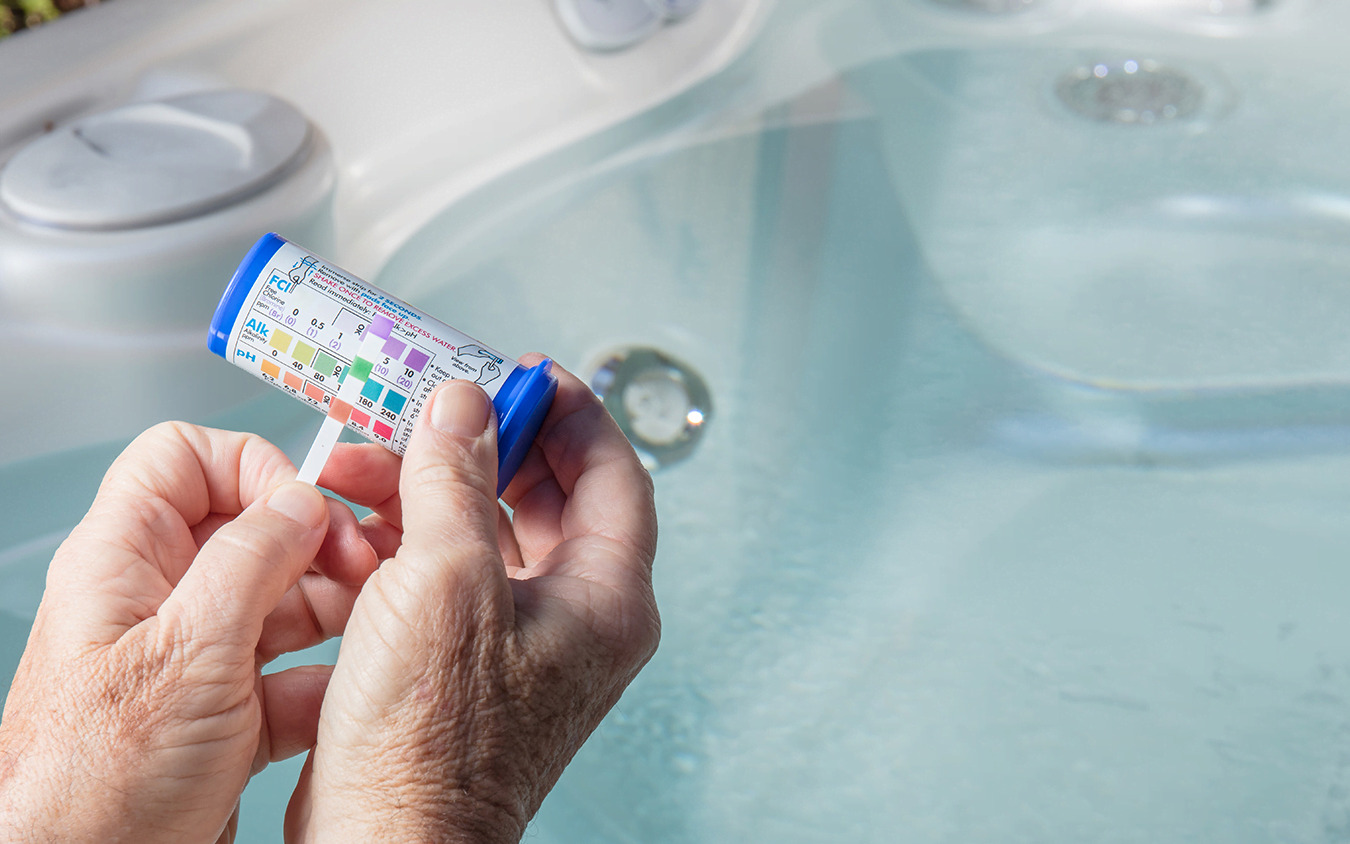
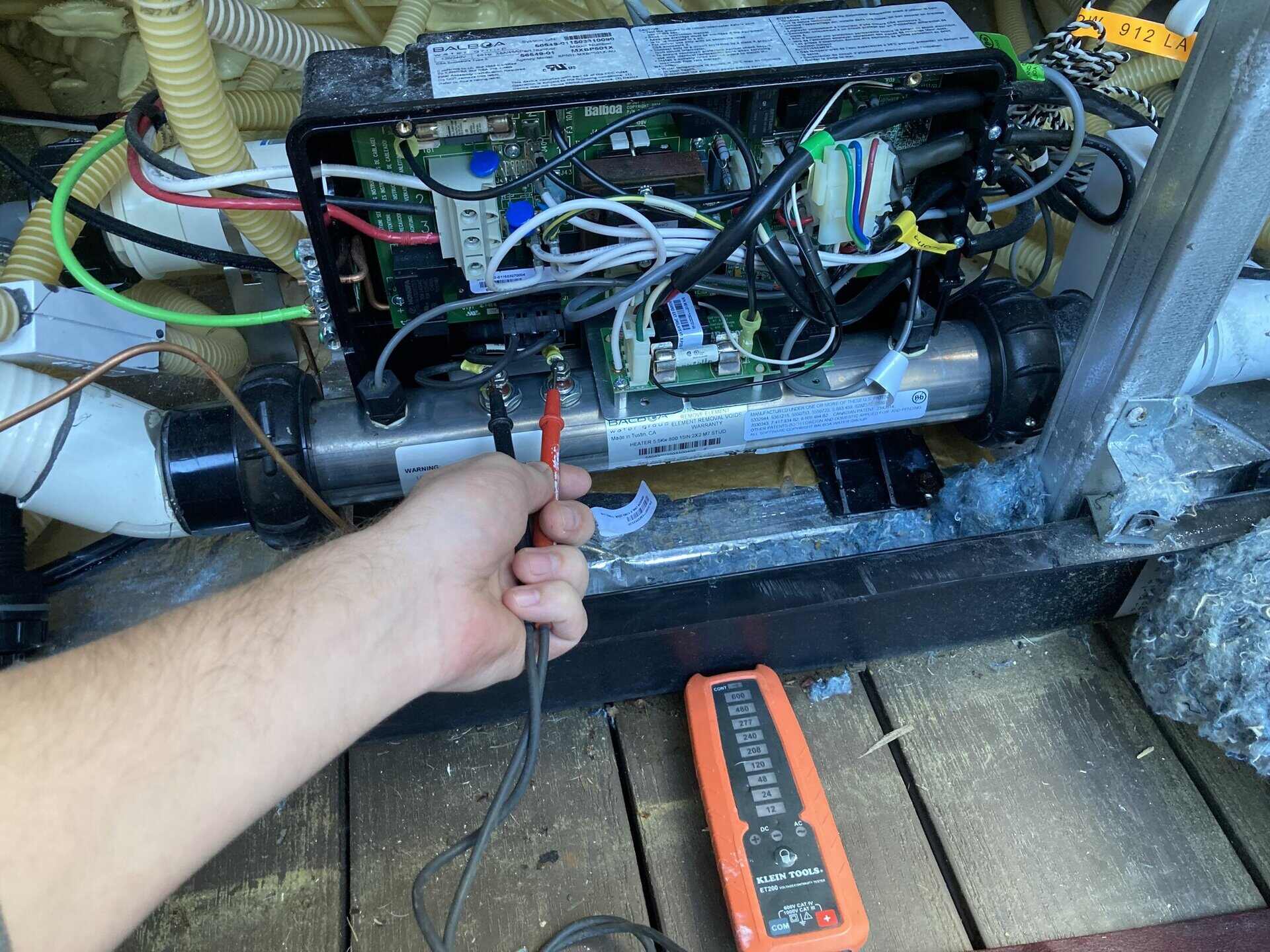
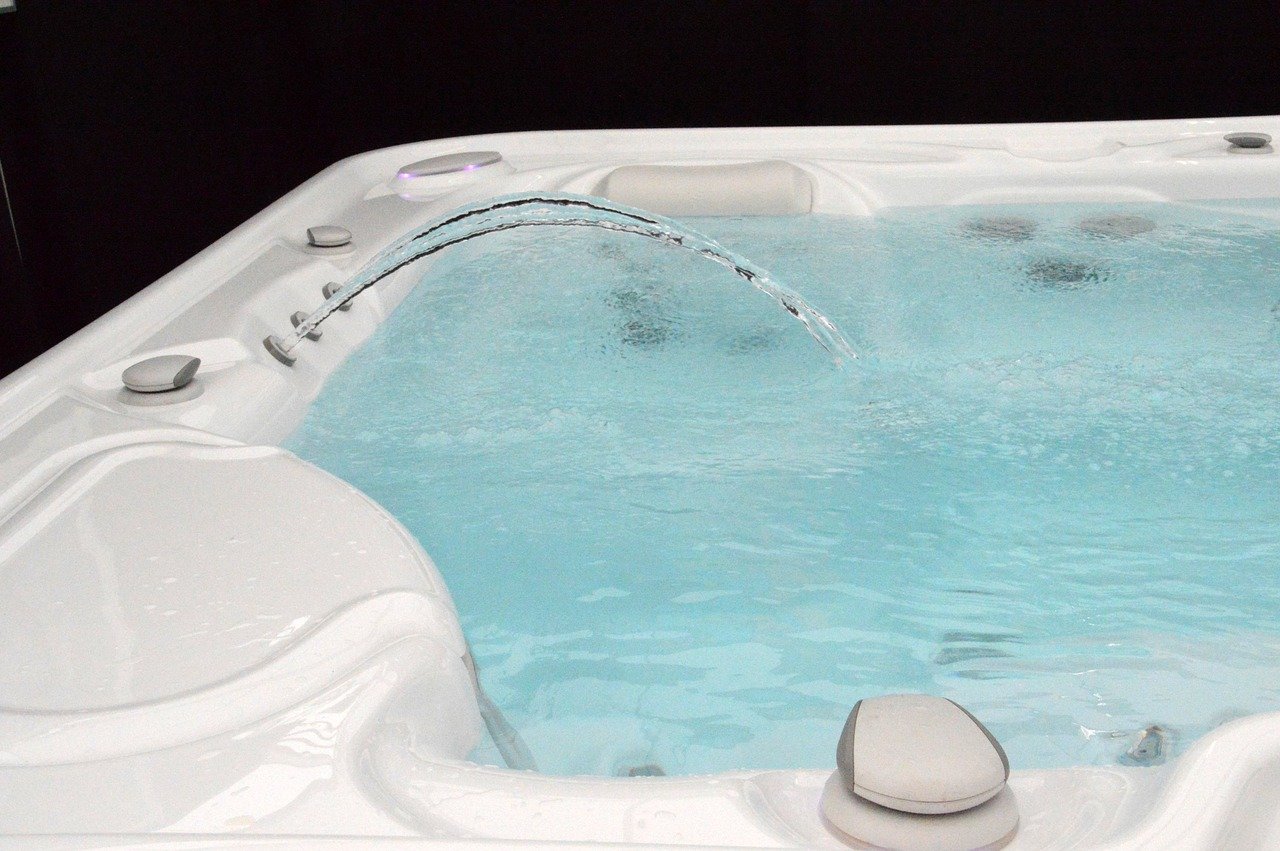
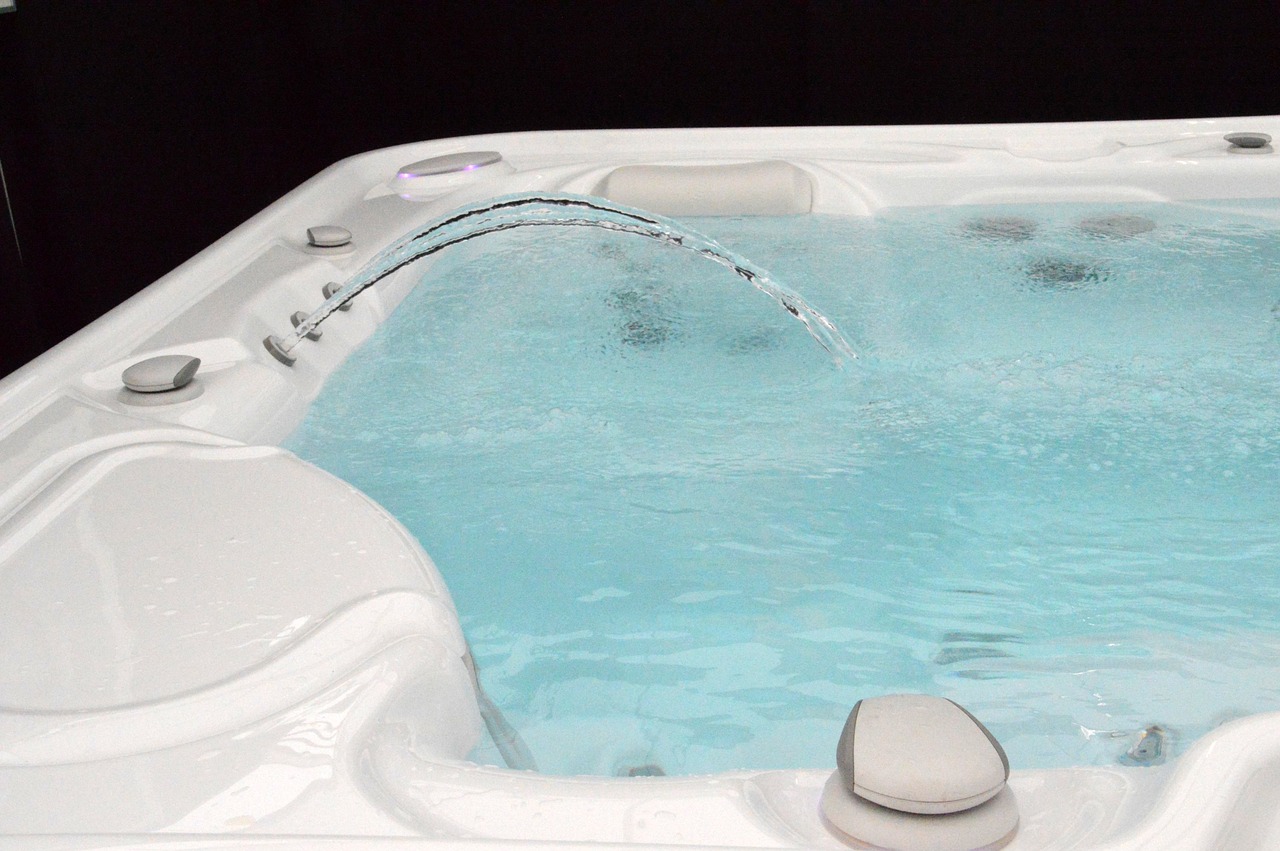
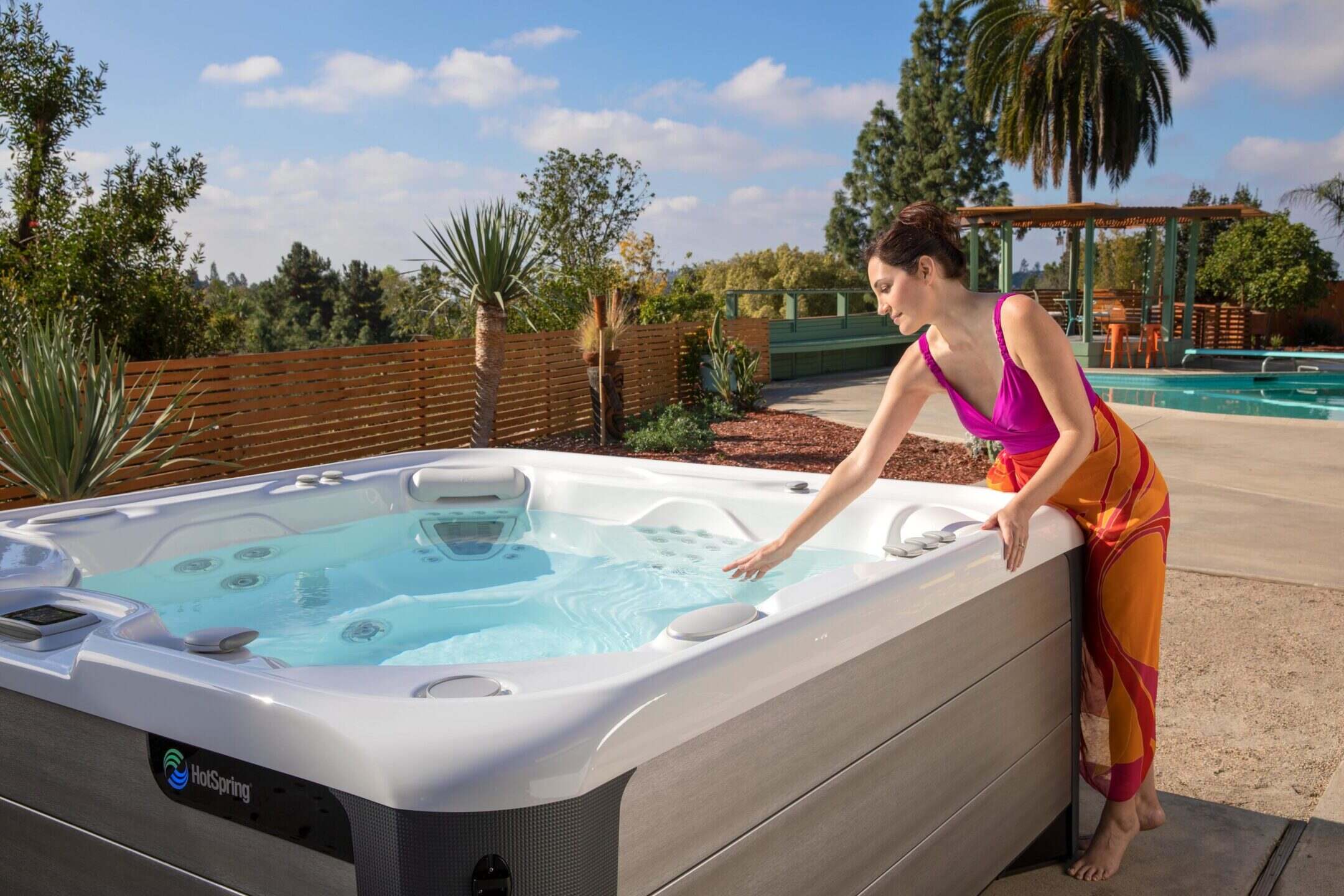
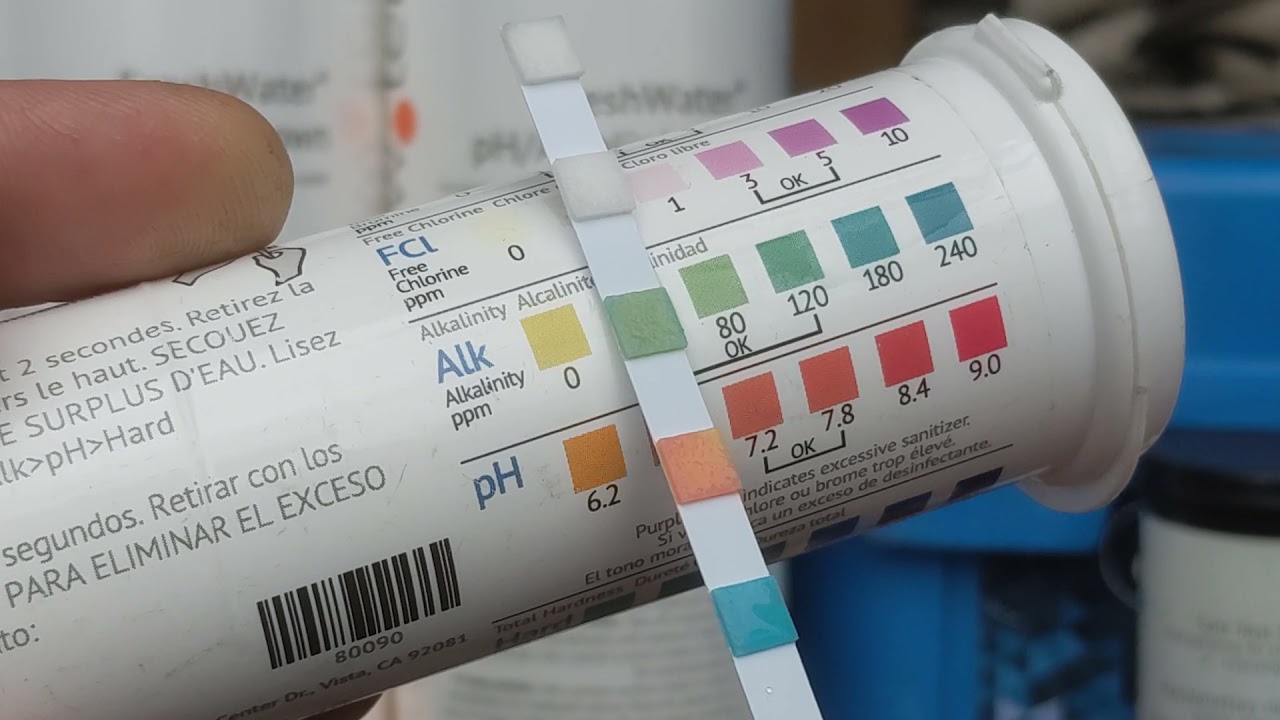
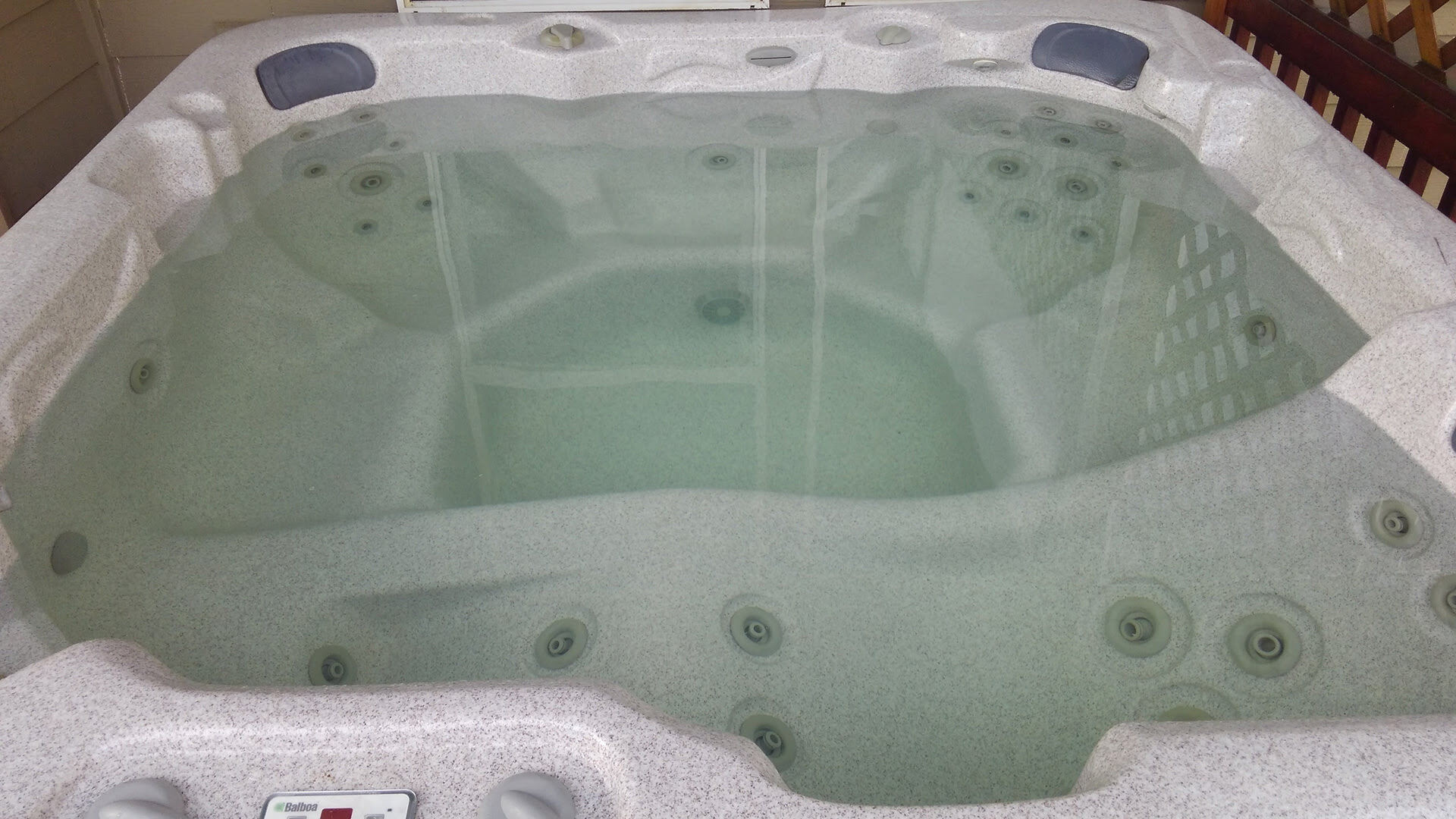
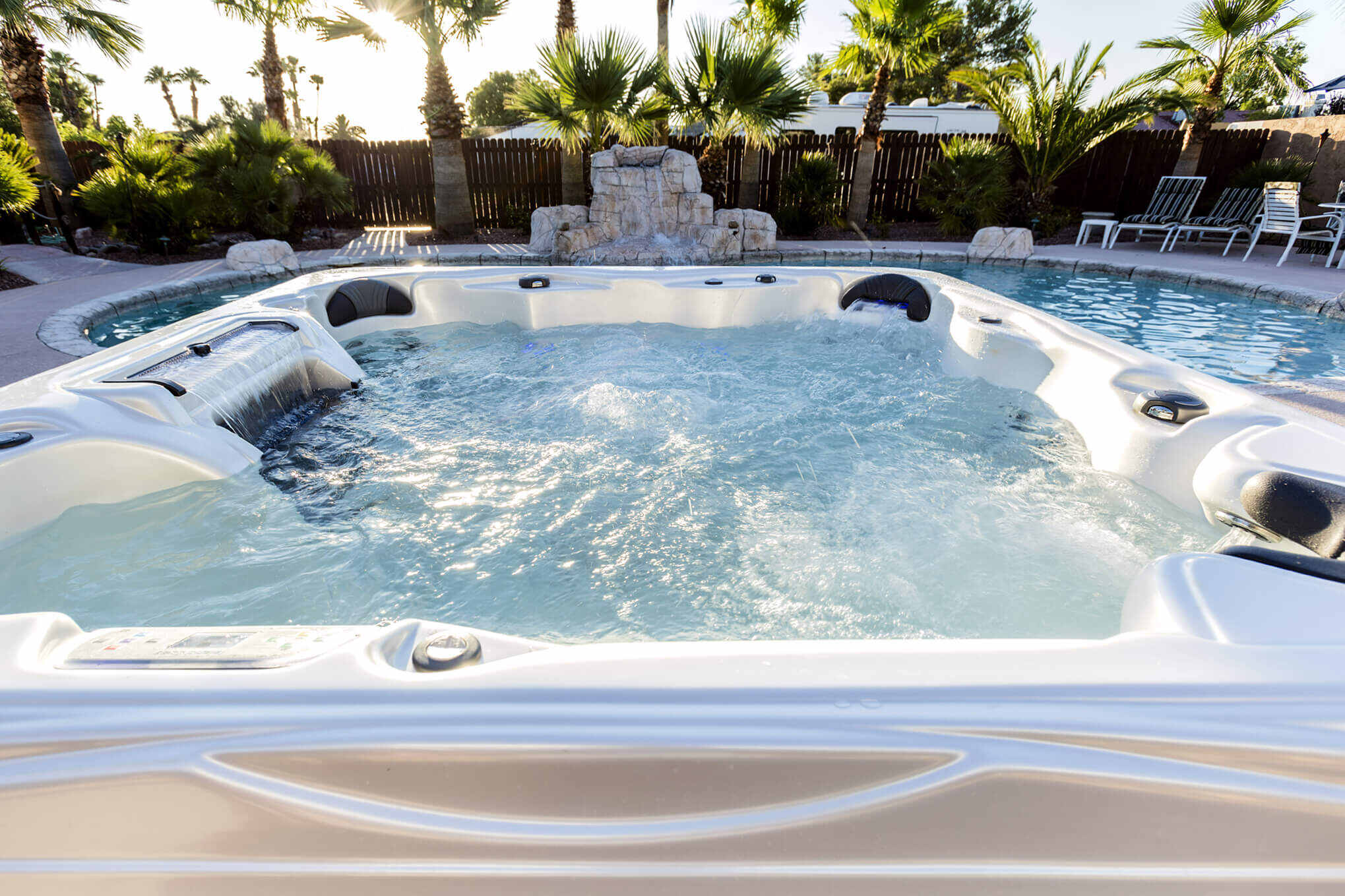
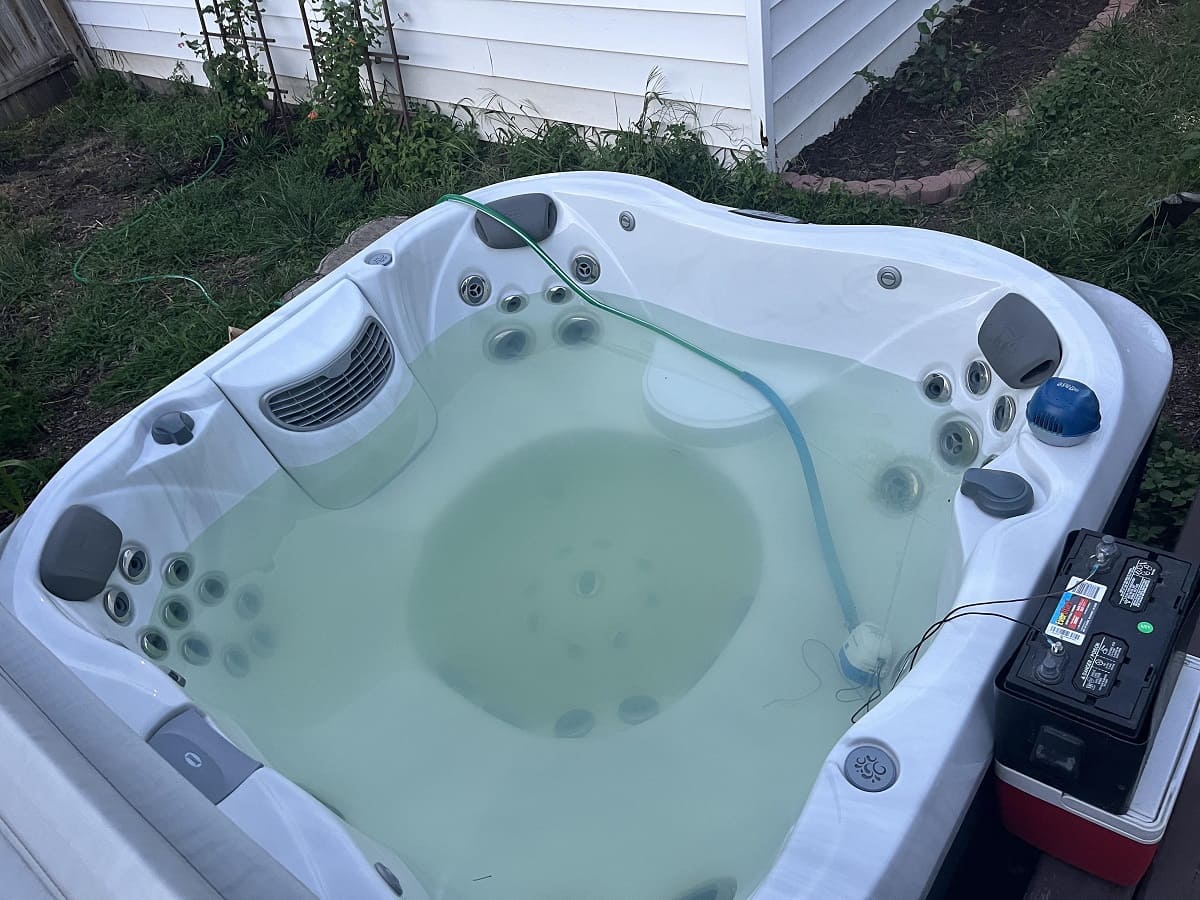
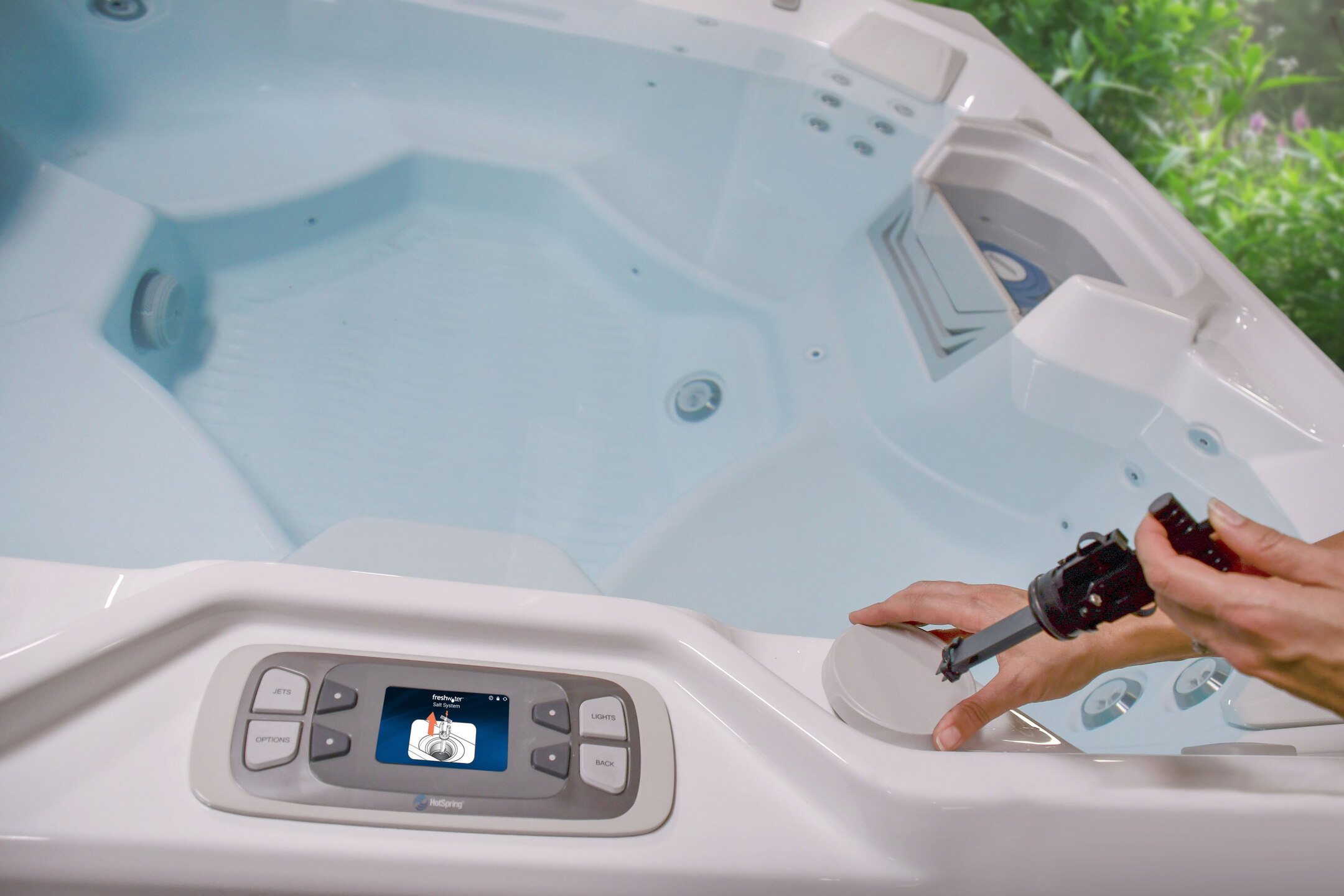
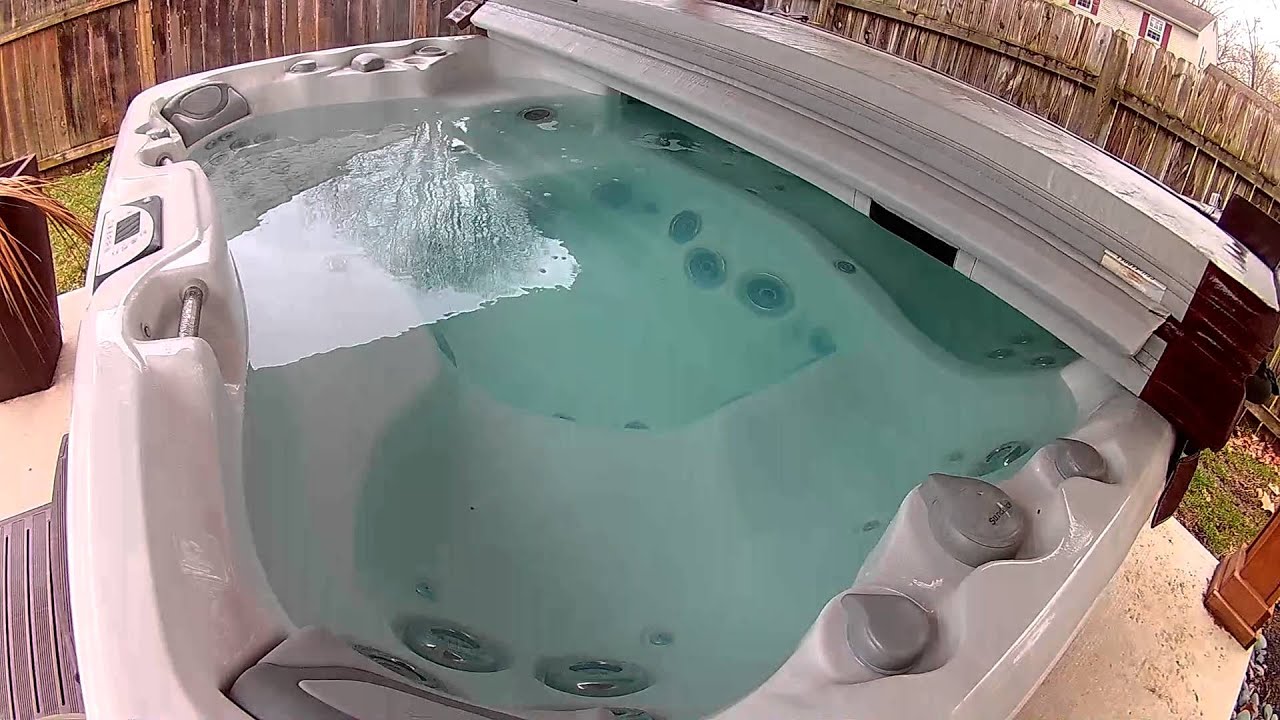
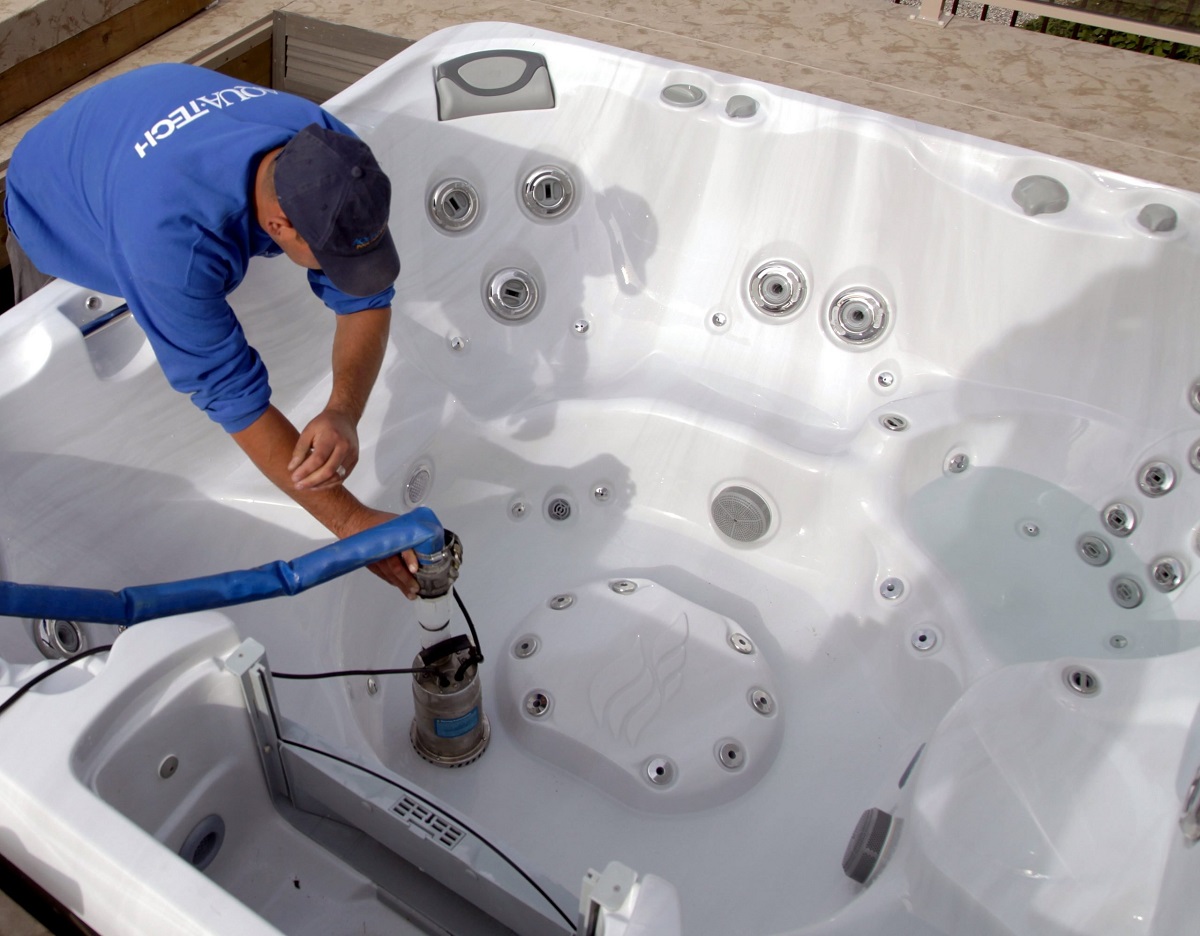
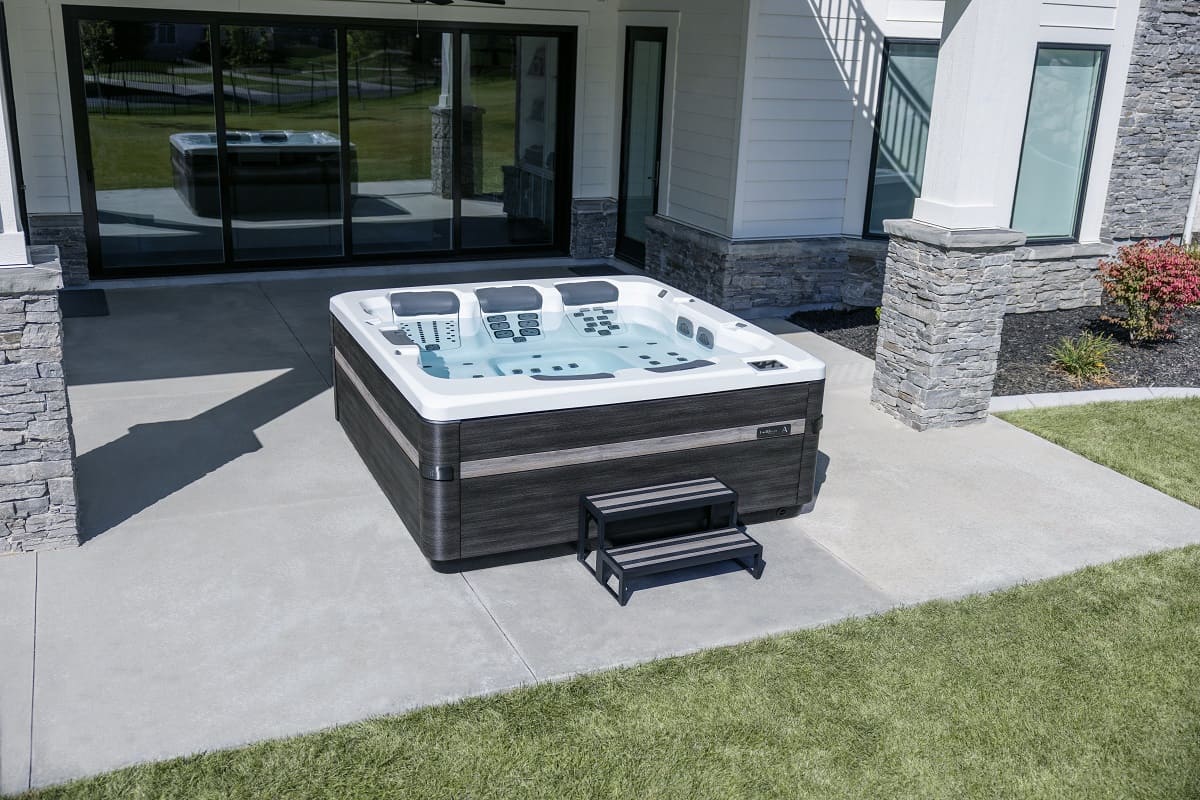
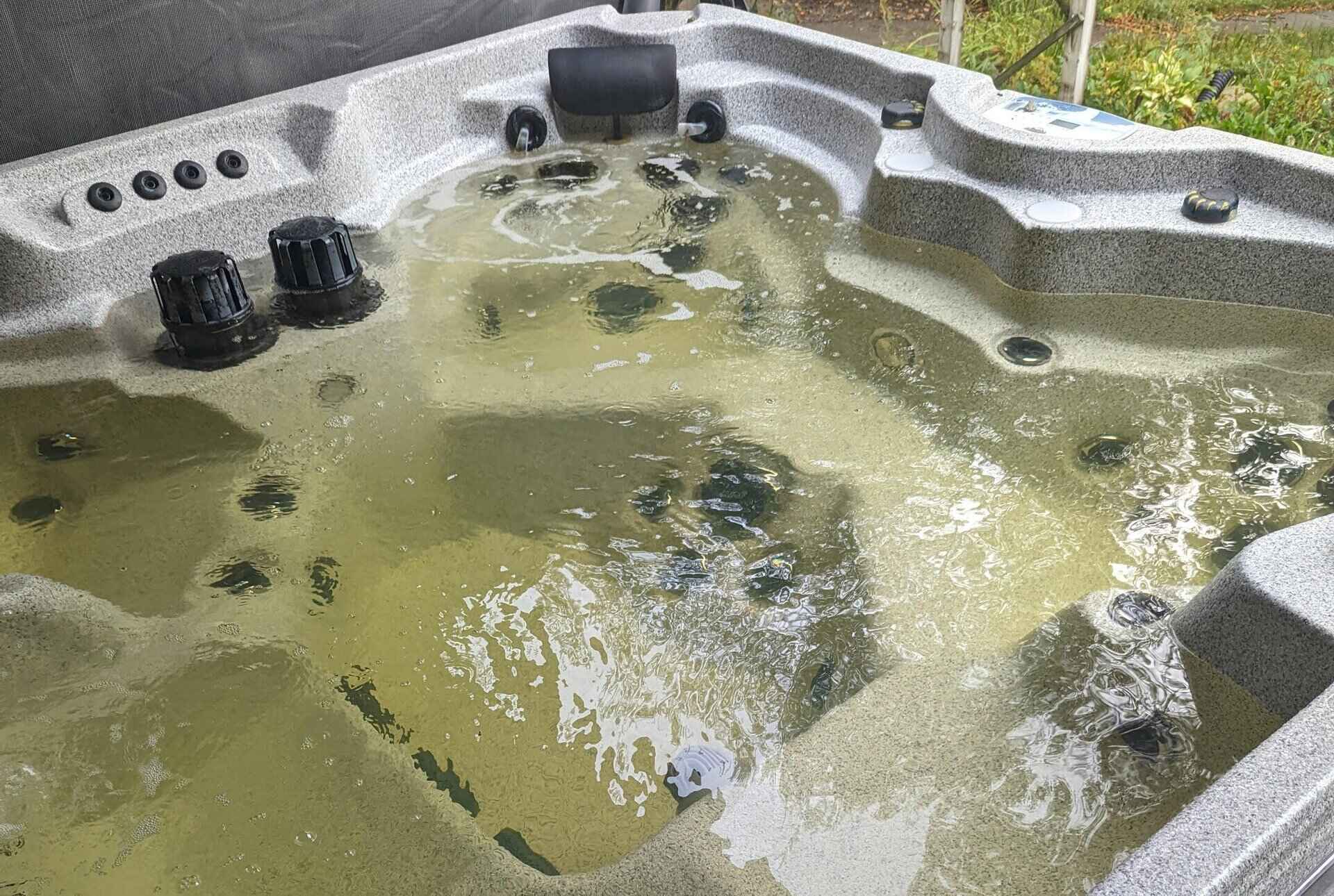

0 thoughts on “How To Test Hot Tub Water With Strips”